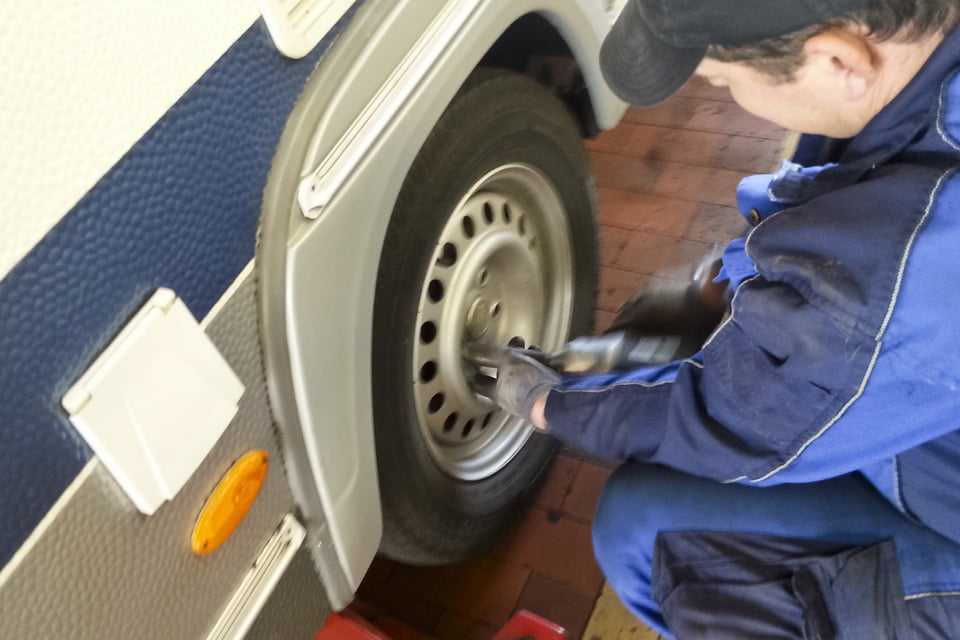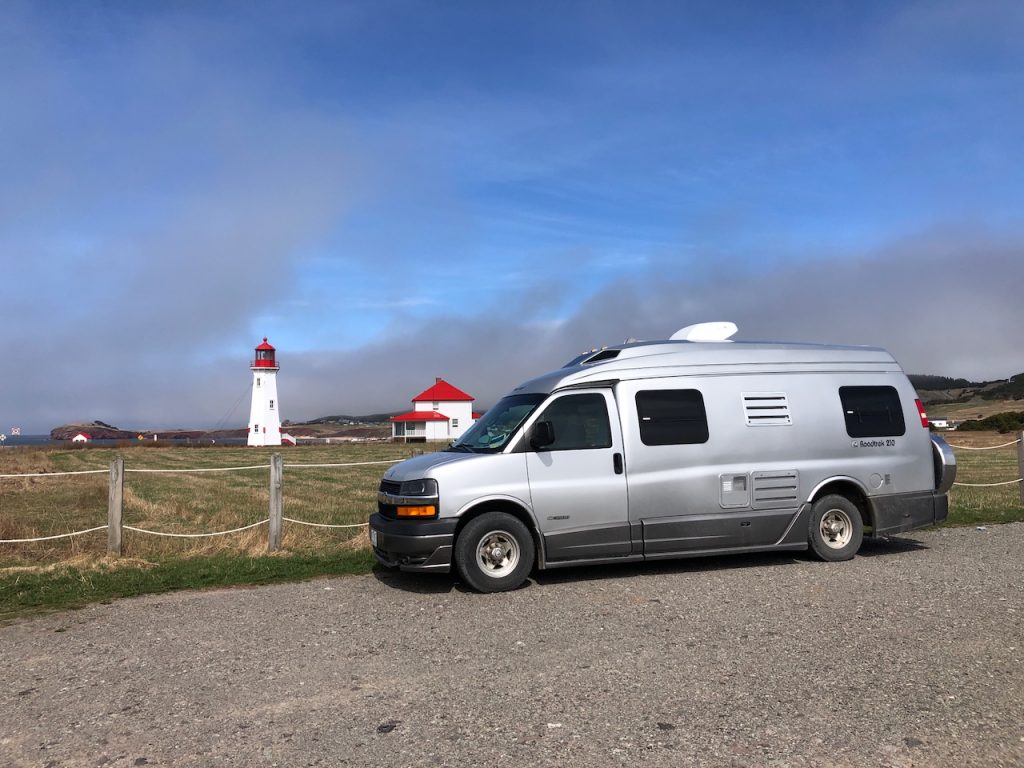Your tires are the main support for your RV and help to make sure you travel safely through a multitude of different road conditions each year. But even though they are one of the most important safety aspects of any vehicle, tires are often overlooked when it comes to maintenance. And while you may think it’s the tread that people ignore most often, many drivers aren’t aware of the proper inflation levels that they should be driving on.
Most drivers have experienced a tire failure at some point in their lives. A blow-out on the open road can be very dangerous for yourself and other drivers. When you add to that the anxiety involved in properly replacing the old tire with a spare and driving to the nearest repair shop safely ─ it’s easy to see why it’s in your best interest to do what you can to avoid this type of situation. So how can you stay on top of proper tire safety and maintenance? Keep reading to check out a few of our top tips and tricks.
Tire Maintenance: Top 5 Tips to Stay Safe on the Road
- All About the Rotation
Investing in a new set of tires for your truck or RV can be pretty pricey, depending on your individual needs. So why wouldn’t you want to get the biggest bang for your buck? Rotating your tires at the right time can help to prevent uneven wear, blowouts and more. This means that you should be rotating your tires every 8,000 to 11,000 kilometres or as often as your manufacturer recommends. This helps the tires to wear down at the same time and prevents dangerous driving conditions.
- Don’t Forget Proper Tire Placement
As a good rule of thumb, you should always be setting up your new tires on the back axle of your vehicle. This will help to increase the amount of control you have while navigating wet roadways. In a situation where you begin to lose traction, you will start to slip in the rear part of your vehicle first, often leading the car to spin with older tires. This is true whether or not you’re operating a rear-wheel drive, front-wheel drive or all-wheel drive vehicle.
- Keep Tires at the Recommended Pressure Level
Low tire pressure can make it really easy for your tires to lose their grip on slick, rainy or snowy roads. Unsure of how much pressure your tires need? Take a look at your car owner’s manual or on the inside of the driver’s side door for more information.
- Check Tire Pressure Regularly
Once you know what pressure level your tires need to be filled to, you need to remember to check them at least once a month. This is something that can easily be done when you fill up your gas tank. But if you have a really hard time remembering to check your tire pressure regularly, be sure to set yourself a reminder in your planner or smartphone before heading out on a long road trip.
- Don’t Forget the Tread
Another reason that tires can blowout is due to poor traction. This means that it’s important to inspect your tire tread regularly as well. One of the best ways to check tread depth is to use a quarter coin. Simply insert it upside down into the tread of your tire and if you can see above the caribou’s antlers or The Queen’s head, it’s time to start shopping for a new set of tires!
Drive Safely with Well-Maintained Tires
It’s easy to keep your tires in good working order when you remember these simple safety tips. When you’re prepared for the worst, you’ll be better able to enjoy the best times out on the open road. So be sure to stay on top of your tire care and maintenance year-round!




